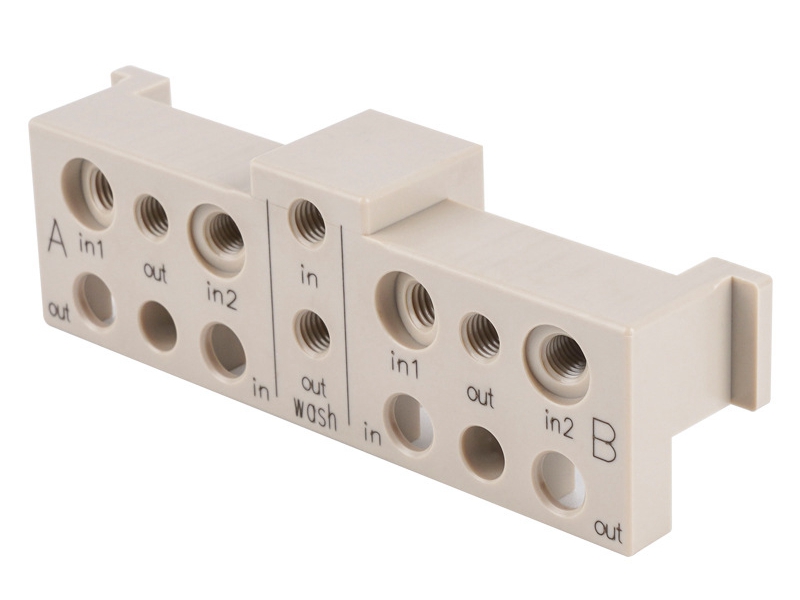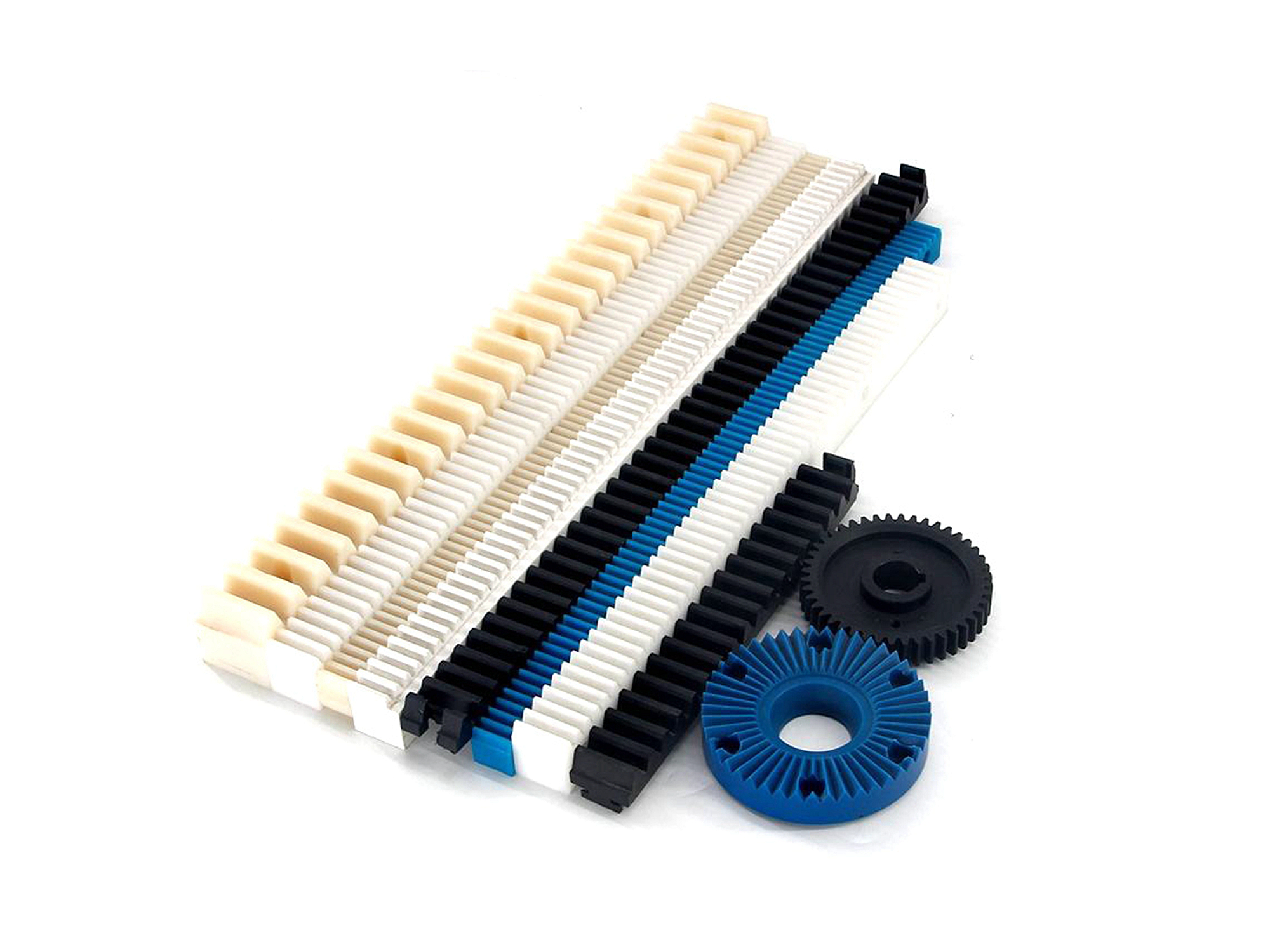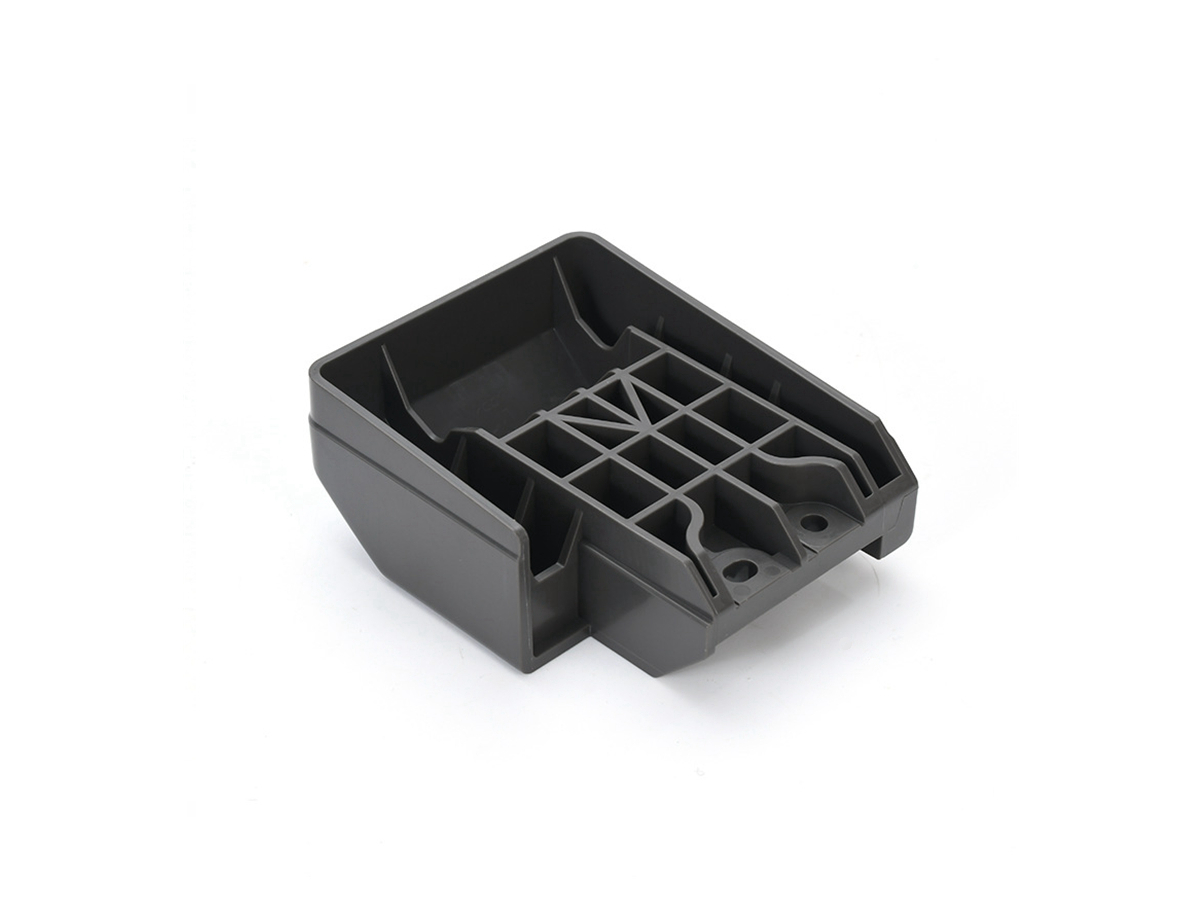How can I quickly estimate machining parameters for plastics?
A Tiered Approach to Quickly Estimate Machining Parameters for Plastics
Quickly estimating machining parameters for plastics requires a structured, tiered approach that balances speed with fundamental engineering principles. Unlike metals, plastics have low thermal conductivity and soft, abrasive, or gummy characteristics, making parameter selection critical to avoid melting, chipping, or poor surface finishes. A proficient method involves starting with baseline calculations, applying material-specific modifiers, and then fine-tuning based on real-world results and tooling selection.
Tier 1: The Rule-of-Thumb Baseline
For a rapid initial estimate, use a baseline calculated for a standard carbide endmill (e.g., 6mm diameter, 2-flute) and then scale. A core principle is to maintain a high surface speed (SFM) and a high feed per tooth (FPT) to promote heat evacuation with the chips, not into the part.
Spindle Speed (RPM): Start with a Surface Speed (SFM) of 500-1000 for rigid plastics like PC or ABS, and 200-500 for softer plastics like PEEK or Nylon. Use the formula: RPM = (SFM × 3.82) / Tool Diameter (in inches).
Feed Rate (IPM): Start with a Feed Per Tooth (FPT) of 0.001-0.004 inches for finishing and 0.005-0.015 inches for roughing. Use the formula: IPM = RPM × Number of Flutes × FPT.
Depth of Cut (DOC): For a 6mm tool, a safe starting Axial DOC is 1-2 × tool diameter, and Radial DOC (stepover) is 10-50% of the tool diameter for finishing and up to 75% for roughing.
Tier 2: Material-Specific Modifiers and Adjustments
This is where you quickly adjust the baseline based on the plastic's behavior. Categorize the material and apply these modifiers:
Rigid/Glass-Filled (e.g., PC, ABS, Acrylic): Use higher RPMs from the baseline. These materials can be brittle, so a higher FPT helps fracture the material cleanly. Watch for edge chipping on exit.
Soft/Gummy (e.g., Nylon, HDPE, PP): Use sharp, highly polished tools with high positive rake angles. Reduce RPM to minimize heat buildup and increase FPT to create thicker chips that carry heat away. These materials are prone to re-melting and gumming up the tool.
Abrasive/Composite (e.g., PEEK, PI, glass-filled grades): Use diamond-coated or solid carbide tools. Use moderate to high RPM but be prepared for rapid tool wear. These materials require parameters that balance material removal rate with tool life economics.
Engineered/Thermoplastics (e.g., ULTEM/PEI): Often behave like a hybrid. Start with parameters for rigid plastics but be prepared to adjust for their specific thermal and structural properties.
Tier 3: Tooling and Geometry Considerations
The correct tool is non-negotiable for efficient machining. Your parameter estimates are useless without the right cutter.
Tool Type: Always use sharp, uncoated or polished carbide endmills. For plastics, 2 or 3-flute tools are standard to provide ample chip clearance.
Geometry: A high helix angle (around 45°) and a positive rake angle are crucial for efficient shearing and clean chip evacuation. "O"-flute (single flute) tools are excellent for achieving superb surface finishes on acrylic and other plastics.
Coolant: Generally, use compressed air or mist coolant. The goal is to clear chips and provide some cooling. Flood coolant is rarely used as it can cause thermal shock in some plastics and doesn't effectively prevent the core issue of heat generation from poor chip formation.
Tier 4: The Practical Test and Troubleshooting Guide
After calculating your initial parameters, run a test cut and use this quick diagnostic guide:
Part Melting or Stringing: The tool is rubbing, not cutting.
Solution: Increase Feed Rate (IPM) and/or reduce RPM. Ensure the tool is sharp.
Poor Surface Finish (Cloudy or Rough):
Solution: Increase RPM, reduce Feed Rate, and decrease stepover. Check for tool runout.
Edge Chipping or Delamination:
Solution: Use a sharper tool, increase feed rate slightly, and ensure climb milling (conventional milling can lift layers in laminated materials).
When to Consult the Experts
While these estimation techniques are valuable for prototyping and initial setup, complex parts, tight tolerances, and production runs benefit from professional CNC Machining Service expertise. For critical components, especially in regulated industries like medical devices or aerospace, partnering with a manufacturer that has extensive experience in Plastic CNC Machining ensures optimal parameters are used from the start, maximizing part quality, accuracy, and cost-efficiency.



